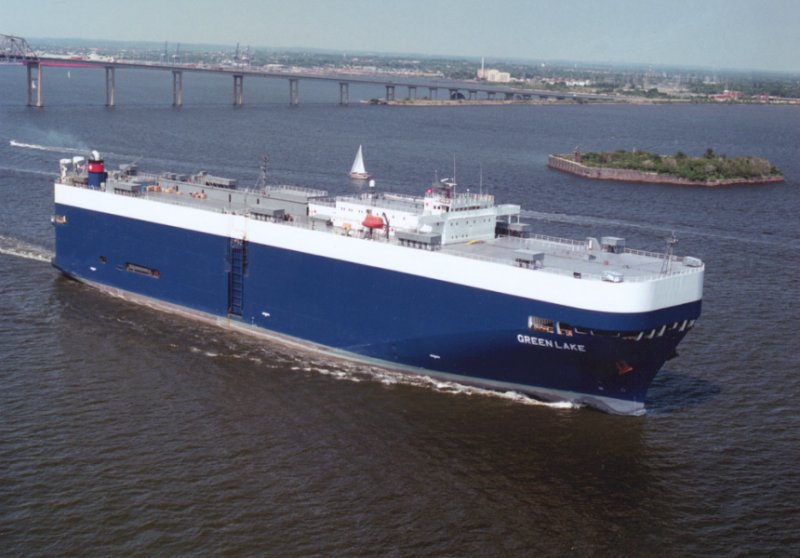 These days, there’s nothing shocking about partisan hostility hindering Congress. It’s practically become the new norm. But when lawmakers are able to set aside their differences and work together, great things can happen. The Maritime Security Program (MSP) is a perfect example of this.
These days, there’s nothing shocking about partisan hostility hindering Congress. It’s practically become the new norm. But when lawmakers are able to set aside their differences and work together, great things can happen. The Maritime Security Program (MSP) is a perfect example of this.
For more than 20 years, the MSP has seen strong support from both Republicans and Democrats — and for good reason. The program is critical to ensuring military readiness and national security, and transportation labor is dedicated to making sure it stays that way.
Under the MSP, the federal government provides a retainer payment to privately-owned, militarily-capable U.S. flag ships to carry cargo on behalf of the Department of Defense (DOD) during times of war and national emergency. But that’s not all. In addition to supporting the most advanced military in the world, the MSP also helps sustain good, middle-class jobs. The 60 vessels in the MSP program currently support nearly 7,700 U.S. mariner and shoreside jobs.
For as long as the program has existed, the MSP has worked — and worked well. Without it, the DOD would be forced to rely on foreign flag ships, which may not have the loyalty, readiness or capability to meet the DOD’s needs. What’s more, independent analysts and the DOD have found that replicating a comparable program would cost taxpayers $63 billion.
The key to the program’s success — in addition to strong bipartisan support — is adequate funding. In recent years, costs associated with the shipping industry have gone up, but the stipend payment made to the MSP participants has remained flat — until last year. Congress recognized the problem and had the foresight to increase money for the program for FY ’16 and ’17.
That should be the end of the story, but when the President released his budget in February, only $186 million was allocated for MSP. That’s well below the FY ’16 increase to $214 million and the FY ’17 increase to $299 million Congress outlined in its budget. This slight was not intentional, however. Congress passed its budget at the very end of 2015, and the White House was not able to adjust accordingly to the increased financial commitments.
This all comes down to Business 101. If the incentive for private ship owners to participate in the program is erased, ships have no reason to stay enrolled in the MSP. If ships pull out, not only would our national security and militarily readiness suffer, but the U.S.-flag shipping industry and the thousands of men and women who rely on it for steady employment would also take a significant hit.
We can’t let this happen. The MSP is a model federal program that, for years, has efficiently leveraged taxpayer dollars to help meet the needs of our military, while simultaneously sustaining a vibrant U.S.-flag shipping industry. That’s why TTD’s Executive Committee adopted a resolution asking lawmakers to follow a simple fix that would remedy the problem: The House and Senate Budget Committees must ensure the allocated amount for the MSP follows what Congress has authorized. That figure must also be included in the FY ’17 Housing and Urban Development and Related Agencies Appropriations Bill.
The strong, bipartisan support the MSP has enjoyed throughout its existence is nothing to scoff at, and neither are the vital services the program provides. It is now up to Congress to ensure that this program has the funding it needs to remain effective and efficient well into the future.